Top Flat Roof Materials: Pros, Cons, and How to Choose the Right One
Flat roofs are a popular choice for many residential and commercial buildings due to their modern look, space efficiency, and versatility. Choosing the right material for a flat roof, however, can be challenging given the wide variety of options available. In this blog, we’ll explore the most popular flat roof materials, their benefits, important factors to consider when choosing, and how to ensure your flat roof lasts for years to come.
Table of Contents
- Introduction to the most popular Flat Roof Materials
- What Benefits Do Flat Roofs Offer?
- Key Factors to Consider When Choosing a Material
- Which Material Is Right for Your Climate and Budget
- Ensuring your Flat roof stands the test of time
- Expert Advice on Flat Roof Selection
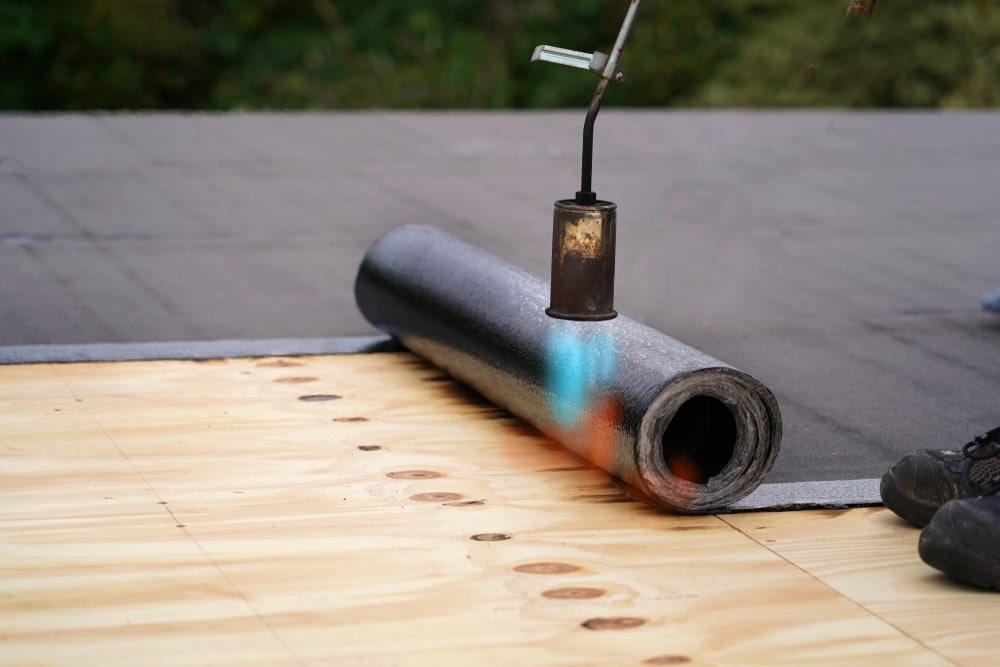
Introduction to the Most Popular Flat Roof Materials
When it comes to flat roofs, not all materials are created equal. Each has its own set of features that cater to different needs and climates. The most widely used flat roof materials include EPDM, TPO, PVC, Modified Bitumen, and Built-Up Roofing (BUR).
- EPDM (Ethylene Propylene Diene Monomer) is a durable rubber membrane known for its cost-effectiveness and resistance to UV rays. It’s ideal for large commercial roofs due to its affordability and ease of installation.
- TPO (Thermoplastic Polyolefin) is a highly reflective and energy-efficient material, making it a great option for warm climates. It resists heat, algae, and mold, which prolongs its lifespan.
- PVC (Polyvinyl Chloride) is known for its strength, fire resistance, and low maintenance requirements. It’s slightly more expensive than TPO or EPDM, but its durability and safety features make it worth the investment.
- Modified Bitumen is a layered roofing system that is flexible and great in extreme weather conditions, particularly in cold climates.
- Built-Up Roofing (BUR) is an older, traditional roofing system that offers excellent durability but comes with a heavier weight and a labor-intensive installation process.
These materials are widely used because they each offer unique benefits depending on the building type and the environment they’ll face.
What Benefits Do Flat Roofs Offer?
Flat roofs offer several advantages that make them appealing for both residential and commercial properties. One of the most notable benefits is the efficient use of space. A flat roof creates usable space on top of the building for installing solar panels, creating roof gardens, or even providing additional recreational areas in residential or commercial settings.
Flat roofs are also easier to install and maintain compared to traditional pitched roofs. Their simple design often leads to lower construction costs, and repairs are typically more straightforward and less costly. For buildings with large surface areas, flat roofs offer greater energy efficiency, especially when paired with materials like TPO or PVC that reflect heat.
Additionally, flat roofs are often chosen for their modern aesthetic appeal, giving buildings a sleek and contemporary look. They are also more practical for areas with limited vertical space, allowing designers to make the most out of the building’s footprint. All these benefits make flat roofs a versatile and attractive option for various types of construction.
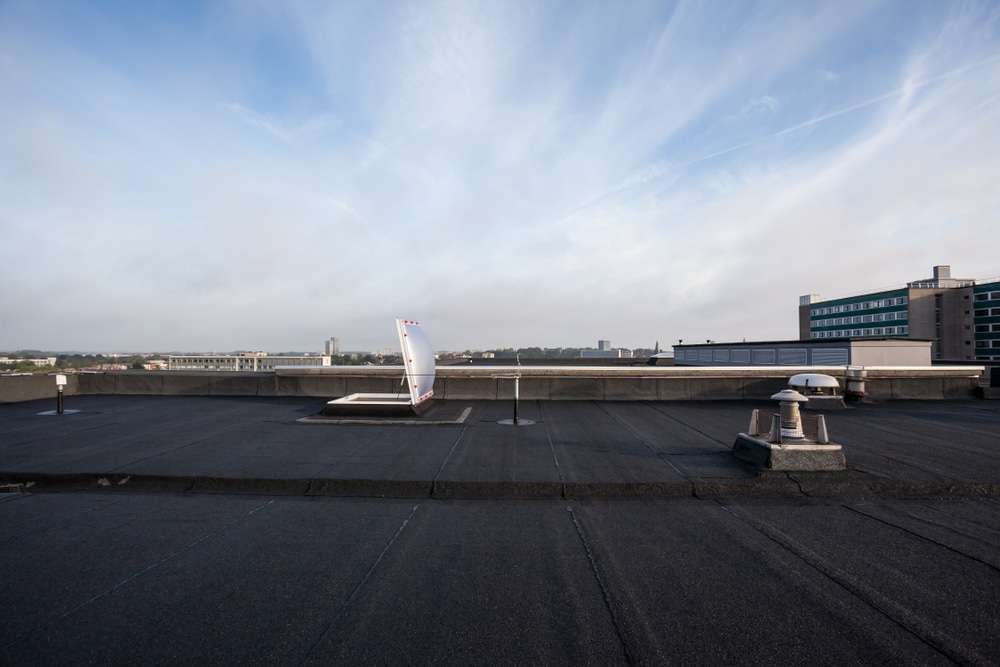
Key Factors to Consider When Choosing a Material
Choosing the right flat roof material requires careful consideration of several factors that affect long-term performance, durability, and cost. One of the primary considerations is installation complexity. Certain materials, such as TPO and PVC, are relatively easier to install, which can save on labor costs and reduce the overall time needed for the project. Conversely, options like Built-Up Roofing (BUR) may require more time and specialized expertise, potentially increasing installation challenges.
Another key factor is maintenance requirements. Some materials are low-maintenance, such as EPDM, which only requires periodic inspections to ensure its integrity. On the other hand, Modified Bitumen or BUR might demand more frequent attention due to their layered construction, making them more prone to wear and tear over time.
Weight and structural impact should also be considered. For instance, PVC and TPO are lightweight and suitable for buildings that may not be designed to bear heavy loads. In contrast, BUR tends to be heavier, and additional structural reinforcement may be necessary before installation.
Lastly, aesthetic appeal can play a significant role, particularly for residential properties or commercial buildings where appearance matters. Some materials, such as PVC, come in a variety of colors and finishes, allowing for customization to match the building’s overall look. This is particularly important if the roof is visible from street level or an adjacent building.
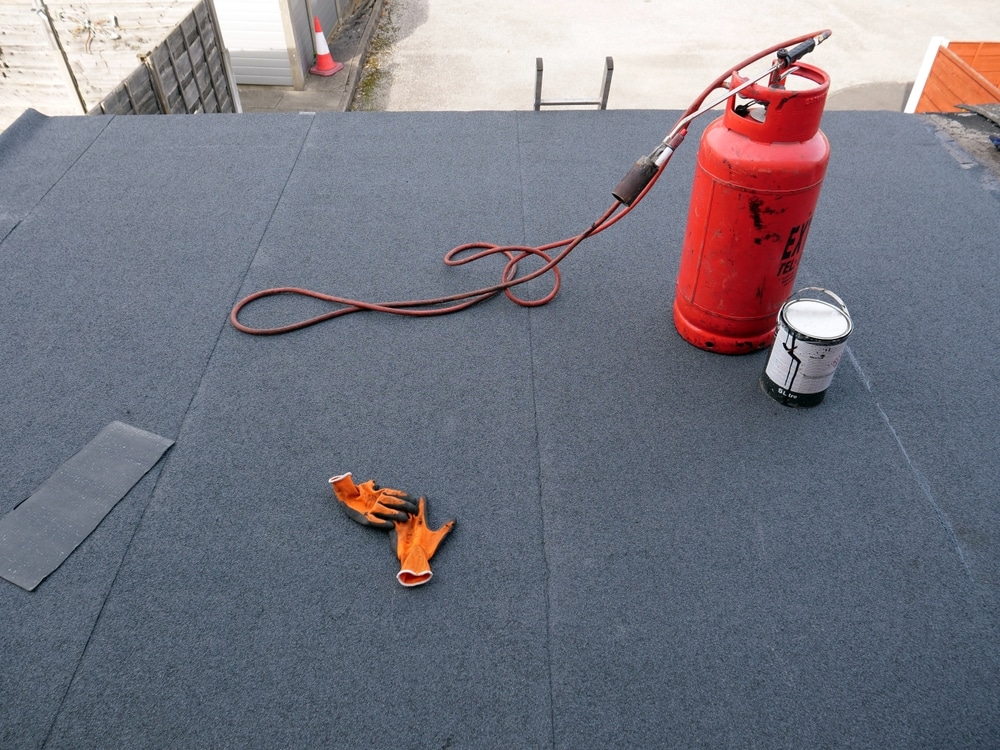
Which Material Is Right for Your Climate and Budget
When choosing a material for your flat roof, environmental conditions and financial considerations are two of the most essential aspects to keep in mind. In warmer climates, reflective materials like TPO or PVC are excellent choices as they help reduce heat absorption, keeping the building cooler and lowering energy bills. These materials are also resistant to mold, making them ideal for humid environments.
For colder climates, materials like EPDM and Modified Bitumen stand out. EPDM is flexible, durable, and can withstand freezing temperatures, while Modified Bitumen is great for handling the thermal expansion and contraction that happens in extreme weather conditions.
When it comes to budget, EPDM is one of the most cost-effective options and works well for those looking for an affordable solution. However, if you’re looking for a long-term investment with lower maintenance costs, PVC or BUR might be worth the higher upfront cost due to their enhanced durability and performance.
Balancing climate and budget is key to making the right decision. By aligning your priorities with your specific environmental needs and financial constraints, you can choose a material that offers the best value in both the short and long term.
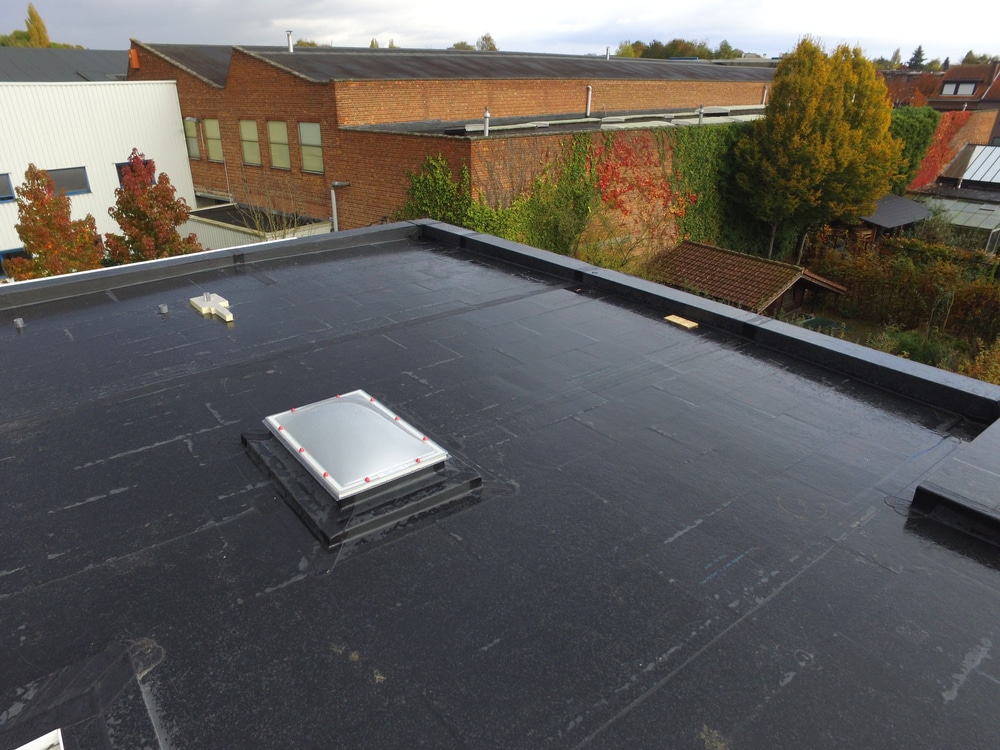
Ensuring Your Flat Roof Stands the Test of Time
Even with the best material, proper maintenance is essential to ensuring that your flat roof remains in optimal condition. Regular inspections are critical to identifying potential problems like punctures, cracks, or water pooling that could lead to leaks.
Preventative maintenance, such as clearing debris, ensuring proper drainage, and addressing any minor issues promptly, can extend the lifespan of your roof significantly. Some materials, like PVC and BUR, are naturally more durable and require less frequent maintenance, while others, like Modified Bitumen, may need more regular attention to maintain their waterproofing properties.
For businesses and homes in extreme climates, it’s important to invest in seasonal roofing inspections to ensure the roof is prepared to withstand the challenges of weather changes. Flat roofs may require more consistent upkeep, but with proper care, they can last for decades, providing reliable protection and energy efficiency.
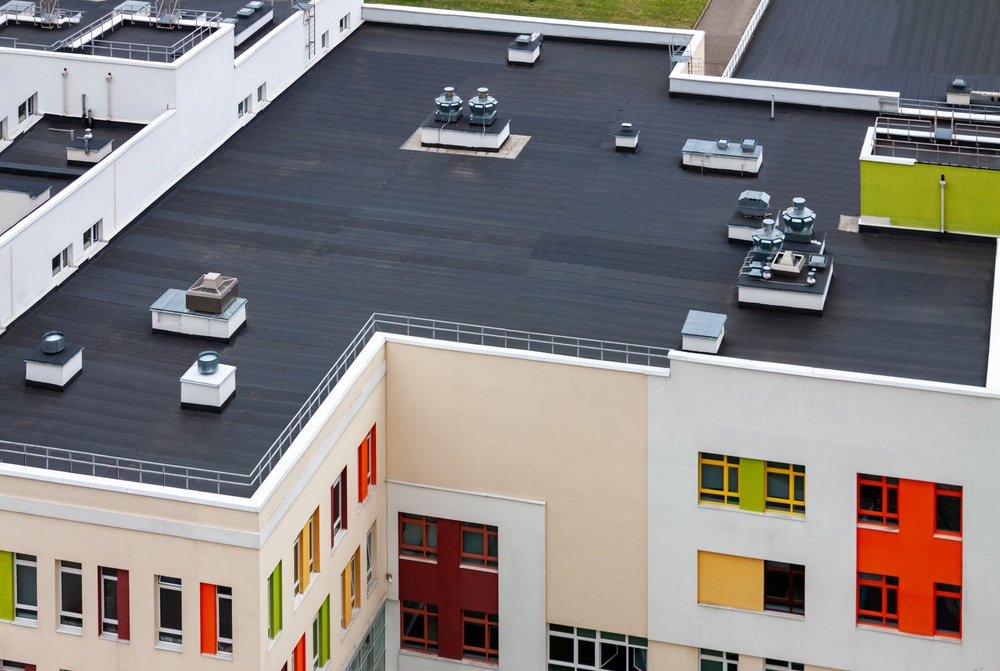
Expert Advice on Flat Roof Selection
When it comes to selecting the right flat roof material, seeking advice from professionals is always a wise decision. Roofing experts can offer tailored recommendations based on your building’s specific requirements, including structural design, local climate, and long-term objectives.
Beyond installation, professionals can help you assess the total cost of ownership, which includes both the initial installation expenses and the long-term maintenance costs. While some materials may have a higher upfront cost, their durability and lower repair needs can make them more cost-effective in the long run.
If you’re looking for reliable guidance and top-tier roofing solutions, CAN Roof Construction offers expert services tailored to your unique project needs. With their industry knowledge and experience, you can ensure that your flat roof will be durable, efficient, and built to last.